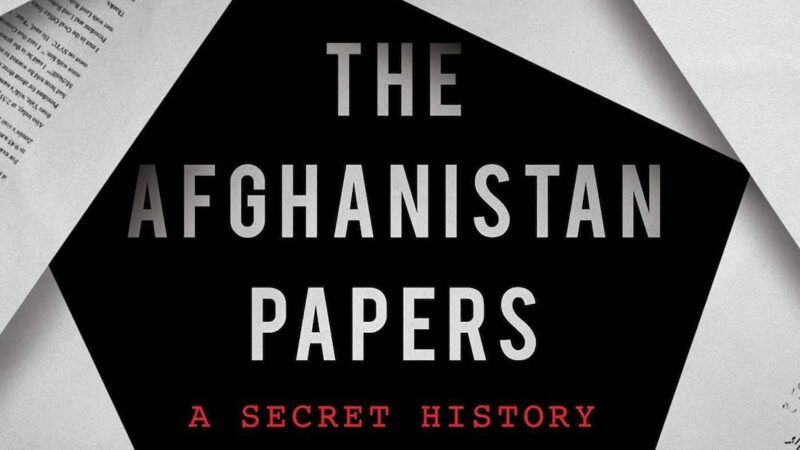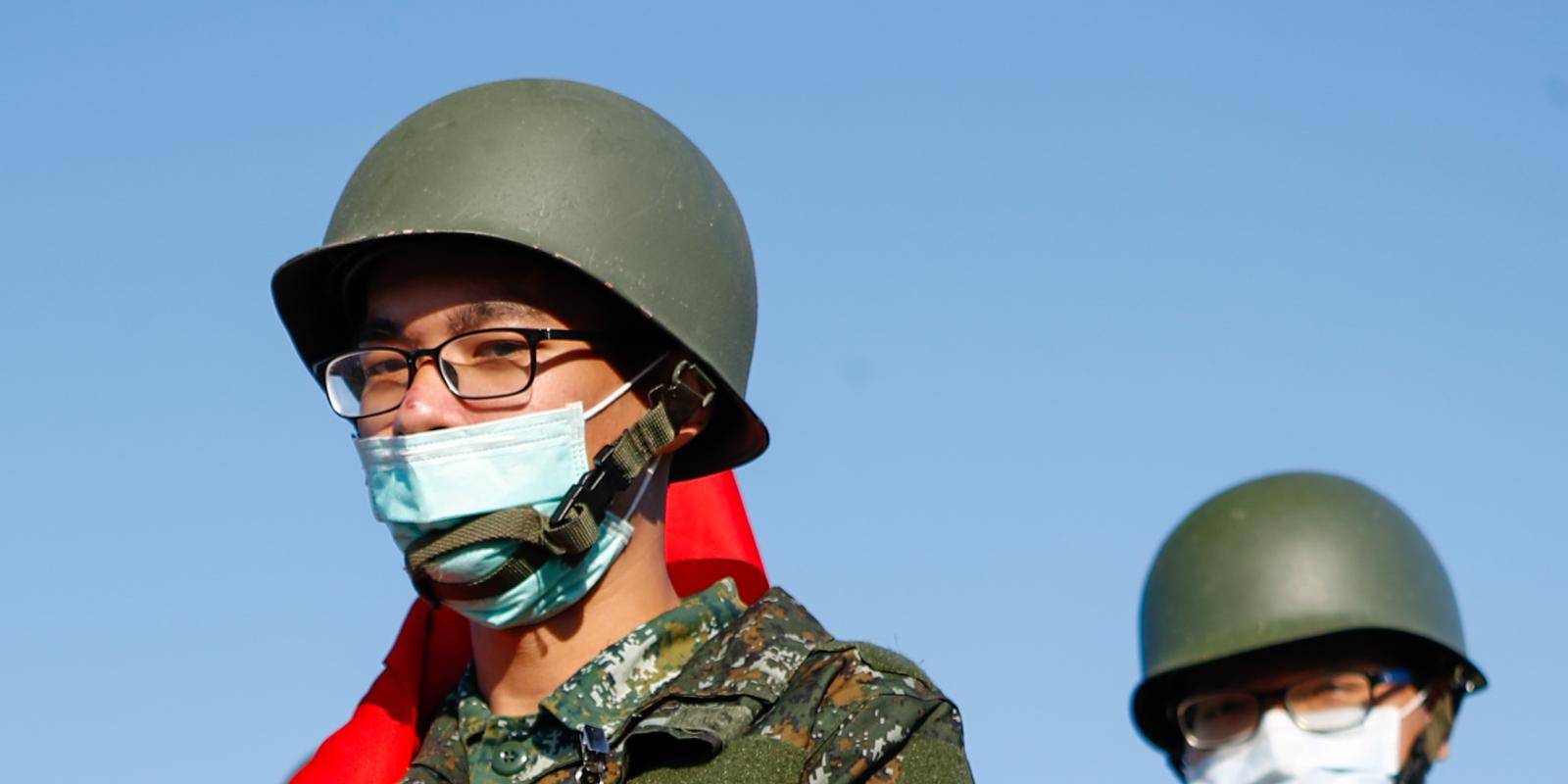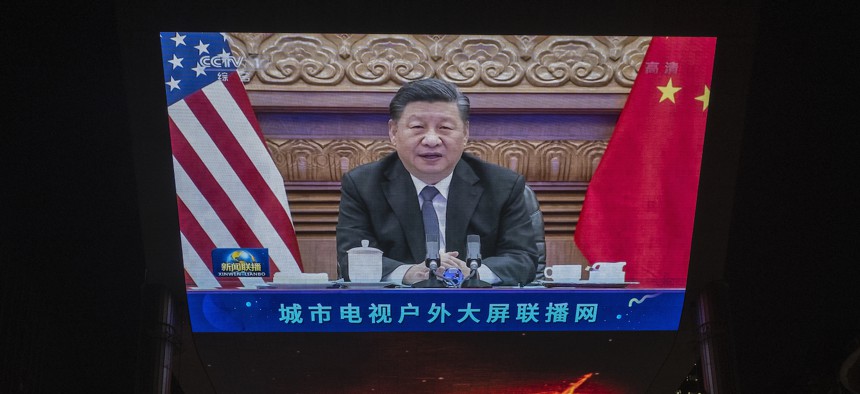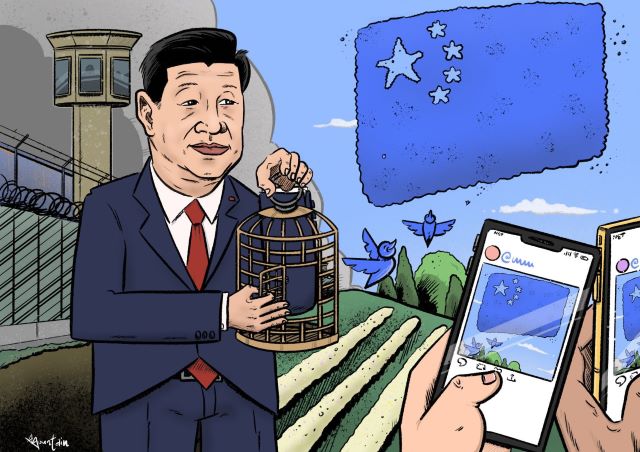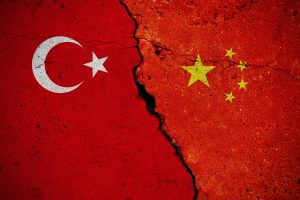Kim Ghattas
Few saudi officials are more candid or colorful these days than Prince Turki al-Faisal, a son of the late King Faisal and former ambassador to Washington. Although he no longer holds a government position, the prince retains influence and insight into the kingdom and, thanks to a two-decade-long career as Riyadh’s intelligence chief, understands better than anyone its rivalry with Iran. So I was mildly surprised by his frank assessment of the current state of affairs. “The Iranians,” he told me, “have us by the cojones.” (He was speaking in a private setting and later assured me that I could quote him.)
The kingdom should feel secure enough in the face of an adversary strangled by sanctions, whose economy is less than a third the size of its own, whose military budget is less than a quarter of the kingdom’s, and whose oil production is at an all-time low. And yet, anxiety within Saudi Arabia, a Sunni Arab monarchy, vis-à-vis Iran, a Shiite Persian theocracy, has been a constant over the past few decades, and not without reason.
Iranian officials have been boasting for years that they control four Arab capitals: Beirut, Damascus, Sanaa, and Baghdad. Across these countries, Tehran runs a network of militias through which it projects power, siphons off local resources, and forms a ring of fire that essentially encircles Saudi Arabia. Iran’s cheaper, asymmetrical approach to warfare gives it an advantage over its richer Gulf neighbors with well-armed but less experienced traditional forces. Add to that a nuclear program that is progressing apace, and Prince Turki is indeed right. Or at least he would have been until very recently because subtle but serious shifts in the Middle East are making Iran feel insecure and cornered. That, paradoxically, is why Tehran is acting overconfidently and being uncompromising, all of which makes for a dangerous combination.
Let’s start with Iran’s nuclear program. Tehran had hoped that Joe Biden’s presidency would herald an easy and quick return to the nuclear agreement that Donald Trump pulled out of, and with it would come the lifting of sanctions. But the Biden administration has been more intransigent than the Iranians expected. Almost a year after Biden took office, no relief is in sight for Iran’s economy. It contracted by 7 percent from 2019 to 2020, and the national currency has taken a plunge. Iran’s oil exports rose to 2.5 million barrels a day in 2016, after the nuclear deal came into effect, then dropped to 400,000 barrels a day under Trump. Under Biden, oil exports have inched up, but barely, and the country’s reserves have strengthened only thanks to rising oil prices. Under Trump, Iran lost access to more than $100 billion of its foreign reserves; so far under Biden, they remain off limits, in bank accounts around the world. Iran needs this money to stabilize its national currency, keep its economy running, and stave off protests. And yet, despite all this, Iran appears in no mood to compromise, continuing to fund and develop its nuclear program and regional power plays.
But tighter resources are not Iran’s most serious concern. An Iranian academic based abroad, who asked to remain anonymous because he still travels regularly to Tehran, told me that although Iran is not able to spend as much as it used to on its regional allies and proxies (the figure is almost half of what it was in 2014, down to about $2 billion to $3 billion a year, he estimates), the real challenge facing Tehran is the rapidly changing regional landscape—which is precisely why it cannot compromise in nuclear talks.
First there are the ongoing Israeli strikes on Iranian military assets in Syria and suspected sabotage of Iranian energy or nuclear installations over the past couple years. Within Syria, Iran also has to cooperate and sometimes compete with the mightier Russian military, which dilutes some of its power on the ground.
More confounding was the outburst of popular anger in Beirut and Baghdad in the fall of 2019 against corruption and sectarianism, which also targeted Iranian influence and Tehran’s proxy militias in both countries. Iran’s involvement in Lebanon and Iraq has brought no economic benefits to those countries’ populations, except for Tehran’s closest allies or a corrupt few. Meanwhile both countries sink into a state of economic disrepair. Karim Sadjadpour, an Iran analyst at the Carnegie Endowment (where I am a nonresident fellow), describes this dynamic as an “axis of misery.” The 2019 protests happened while Iranians themselves were out marching against their government; taken together, the various movements were among the more complex challenges that Qassem Soleimani, the commander of Iran’s elite Quds Force, had to face in his career. The Iranians were concerned enough by the wave of discontent that Soleimani was personally involved in the violent crackdowns in all three countries, before he was killed by a U.S. strike in Iraq in January 2020.
The protests have continued to simmer in Lebanon and Iraq. In the latter, the mood shift against Tehran resulted in the trouncing of Iranian allies in parliamentary elections last month. That’s not to say Iran’s influence in Iraq is being rolled back, but that there is a breach in its hold on the country. Barely a month after the election, Iraqi Prime Minister Mustafa al-Kadhimi narrowly escaped an assassination attempt in the form of a drone attack on his residence, which U.S. and Iraqi officials blamed on pro-Iran militias. Whether Iran ordered the attack is almost irrelevant—if it did, the move denotes anger and insecurity; if it didn’t, the assassination attempt indicates the loosening of its control over the militias.
In Lebanon, protesters chanted slogans against the Iran-backed party-cum-militia Hezbollah and its leader, Hassan Nasrallah, for the first time, including in some of the cities where the group is most powerful. An investigation into last year’s Beirut port blast appears to be making Hezbollah uneasy. This summer, a series of incidents saw members of Hezbollah clash with people from different religious communities in various locations and, in a country with too many guns, at least two members of the Shiite group were shot dead—signaling that its aura of invincibility has taken a hit. Opposition groups in Lebanon are hoping to replicate some of the success witnessed in Iraq to claw parliamentary seats away from Hezbollah and its allies during next year’s elections. Here again, while popular discontent is real and Iran is learning that domination through oppression and assassinations is never-ending hard work, Tehran will continue to deploy all tools, including violence, to maintain its grip.
So can the popular pushback against Iran translate into real political change? The short answer is no, at least not in a meaningful way, because there are few local mechanisms to outmaneuver Iran and its entrenched allies inside Lebanon and Iraq.
This brings us to the regional dynamics and the Biden administration. The past few months have been an interesting multidimensional chess game across the Middle East: Iraq hosted talks between Saudi Arabia and Iran; the United Arab Emirates foreign minister visited Damascus; Jordan and Egypt drew up proposals to help address Lebanon’s energy crisis; Jordan, Israel, and the UAE signed a separate energy deal; and much else besides. This is more regional activity, mostly cooperative, than the Middle East has seen in years.
It’s easy to overinterpret the intentions behind such moves or how much strategic thinking is involved. But three parallel patterns have emerged, all of which should worry Tehran.
First, the efforts to engage with Iran to de-escalate tensions appear to be mostly pro forma, including by the Saudis. The kingdom’s foreign minister described the talks in Baghdad as “cordial” and “exploratory,” while another official said the dialogue lacked substance. A high-level delegation from the UAE is expected to travel to Tehran in the coming weeks. No one expects decades of rivalry and enmity to end, and there’s no sign yet that Tehran is offering enough to Riyadh for it to reopen the Saudi embassy in Iran. Regional engagement with Iran can help reduce tensions while the high-stakes nuclear talks inch forward. At the very least, Arab countries can turn to the U.S. and say, in effect: “We have engaged; we’ve been positive; we got nothing.”
Second, nothing has served Iran’s interests better in past years than division among and dysfunction within Arab countries. Petulant moves such as Riyadh’s brief kidnapping of Lebanon’s prime minister in 2017, or its rush into war in Yemen in 2015, have backfired, providing opportunities for Iran to deepen its involvement in both countries. After the U.S. invasion of Iraq in 2003, Saudi Arabia was a reluctant, almost absent, partner in post-Saddam Iraq, to the benefit of Iran. Now Arab countries appear to be working together on an ad hoc basis to address regional energy issues; even Saudi Arabia is discussing deals worth billions of dollars with Iraq. Two years ago, a senior Saudi official told me that the best way to counter Iran would be with an economic vision for the region.
Furthermore, decades into a chilly peace between Israel and its neighbors Jordan and Egypt, several Gulf countries have signed peace treaties with Israel, a set of agreements known collectively as the Abraham Accords, and the evolution of the public relationship and cooperation between Israel and the UAE has been particularly swift. The agreements have done little to help the Palestinians and played into Iran’s decades-long propaganda efforts to brand itself as the only real defender of the Palestinian cause. But the Accords also present a true strategic challenge for Tehran, which now faces a front of Arab countries actively working with Israel.
Finally, there are the overtures to the Syrian dictator Bashar al-Assad by Jordan and the UAE—pragmatic realpolitik at its best, or perhaps worst. Assad should be facing trial at the International Criminal Court for war crimes and genocide, but 10 years after the start of the peaceful uprising turned bloody civil war in Syria—in which an overwhelming majority of casualties were the result of government shelling, with Russian help later on—Assad is clearly not going anywhere.
Meanwhile, Jordan’s economy has taken a real hit over the past decade because of the closing of borders, the choking off of trade, and the flood of incoming refugees. Jordan’s imperatives for reaching out to Assad are different from the UAE’s, but both see an advantage in diluting Iran’s presence in Syria even slightly. (Trying to peel Syria away from Iran has been a longtime dream of many, including the George W. Bush administration, but ties have run deep between Damascus and Tehran since the early days of the Iranian revolution.) Even a diplomatic spat between Riyadh and Beirut a few weeks ago appears to have been the result of a convoluted effort by the kingdom to gain leverage in Lebanon again, after it ceded ground to Iran in prior years. In other words, Arab countries are signaling to Tehran that it is no longer the only player in Iraq, Lebanon, and Syria. (Yemen is a different problem.)
All of this regional activity is happening with the U.S. quietly coordinating in the background, encouraging some moves while discouraging or ignoring others (such as the overtures to Assad), but overall engaging in much more diplomacy across the region ahead of the nuclear talks with Iran that resumed this week after a five-month hiatus.
Crisis is always around the corner in the Middle East, and if the nuclear negotiations with Iran go nowhere, tensions will rise again rapidly. This is where the unusual level of inter-Arab dialogue and efforts at cooperation could provide some balance, and a rare win-win for everyone. Except the leaders of Iran.



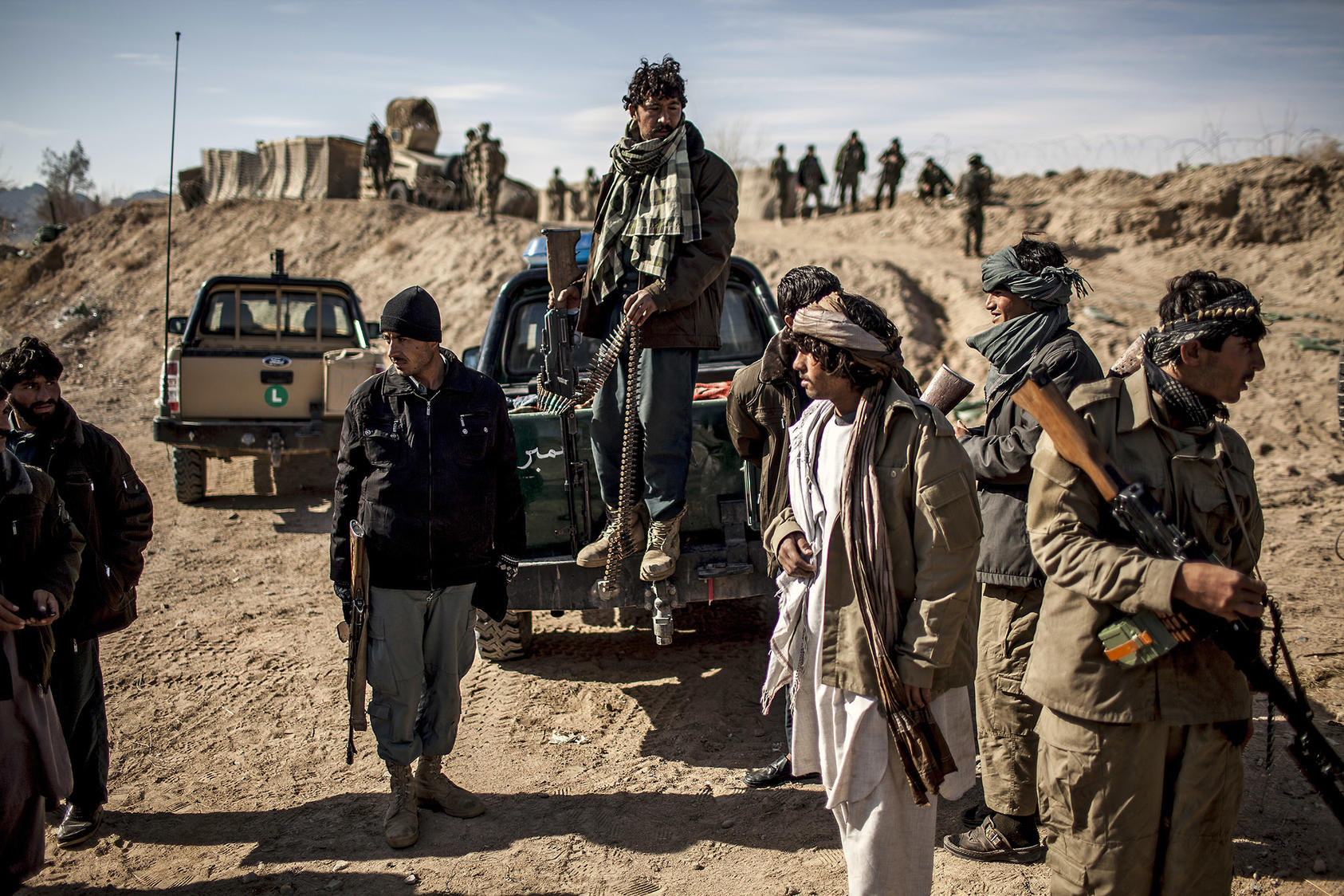 Local Afghan police in Kakeran, Afghanistan, Feb. 18, 2013. While some militias the U.S. helped create to protect areas from the Taliban are operating as hoped, others have a reputation for abuse and banditry. (Bryan Denton/The New York Times)
Local Afghan police in Kakeran, Afghanistan, Feb. 18, 2013. While some militias the U.S. helped create to protect areas from the Taliban are operating as hoped, others have a reputation for abuse and banditry. (Bryan Denton/The New York Times)

